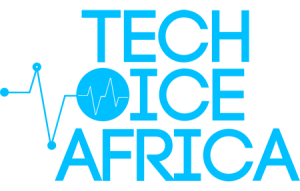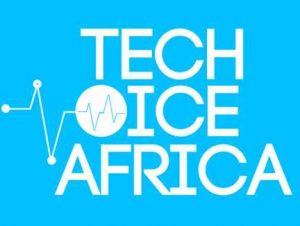
The world’s first self-driving, hydrogen car has completed its debut journey completely unassisted.
Based on the Hyundai Nexo due out next year , the driverless SUV drove from Seoul to the Winter Olympics in Pyeongchang with no human assistance.
But it had Hi-tech sensors and cameras that helped the car to drive itself.
Three zero emissions cars completed the test and all were fitted with level four autonomous driving and 5G wifi.
Per reports, the “cruise” and “set” buttons were said to be pressed on each car by engineers before computers took over control.
The three Nexos are said to have joined the motorway full of traffic, changed lanes, overtook other cars and even navigated through toll booths using South Korea’s wireless payment system.
The cars use a series of Radar and Lidar sensors, cameras and a GPS locator to recognise nearby cars and also the width and position of objects like toll gates.
However, if the GPS signal goes down like in an underground tunnel, the hi-tech external sensors on the exterior kick in to keep it on track.
All this technology is said to require huge super computers onboard but the ultra-efficient 500-mile hydrogen engine was able to deliver enough power for the systems and to drive the car.
According to Hyundai, it expects to have the level four tech on sale by 2021 with complete autonomy by 2030.
The Nexo, also expected to cost less than £50,000 in the UK next year, will feature some driverless tech and an AI cabin with voice recognition and “wellness” monitoring in the driver’s seat.
Jinwoo Lee, head of the Intelligent Safety Technology Centre at Hyundai Motor Group said: “Hyundai’s philosophy for developing autonomous driving technology is to provide the highest level of safety combined with a high standard of convenience that our customers expect.”















